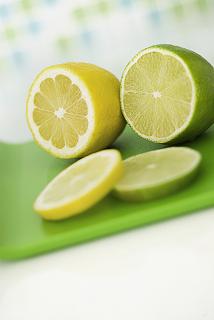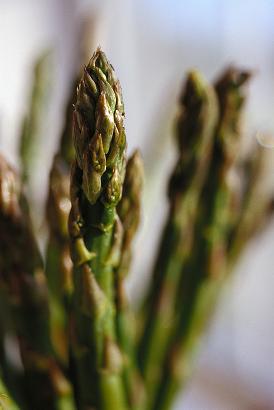 For years, green tea was believed to help keep your heart healthy and fight cancer, among other health benefits, and we’re learning more about it every year.
For years, green tea was believed to help keep your heart healthy and fight cancer, among other health benefits, and we’re learning more about it every year.
Catechins are the antioxidants in green tea, and they act as scavengers in your system, gobbling up free radicals that can contribute to disease. These antioxidants are abundant in green tea because it doesn’t go through the processing that other teas do. One particular catechin, epigallocatechin-3-gallate, or EGCG, was found to shrink tumors in mice in one Canadian study. Other lab studies have shown it stops cancer growth, but human trials have not proven it yet.
According to Marji McCullough of the American Cancer Society, the challenge of green tea human studies is finding populations that drink enough green tea for an adequate length of time. A few human studies have shown green tea to be effective, but most were conducted in Asia and the East, where green tea is widely used. Also, the typical Asian diet is higher in fish and soy than the standard American diet, which may influence results.
One study in Japan showed that women with Stage I and Stage II breast cancer had a lower recurrence if they drank more green tea before and after surgery. A second study in China showed that increased green tea consumption led to lower risk of several cancers including colorectal, stomach, prostate, and pancreatic. An analysis of 22 studies found that green tea could reduce risk of lung cancer.
In the case of heart disease, Japanese researchers found that four cups of green tea a day might have contributed to a reduced severity of heart disease among men in one study. A Dutch study of over 3,000 women and men found that those who drank more tea had less severe blood vessel clogging, perhaps because green tea’s antioxidants improve the flexibility of blood vessels. In addition, green tea has been found to help obesity and reduce LDL cholesterol levels, which also improve heart health.
Although the studies aren’t yet there to prove green tea’s benefits, researchers believe that the antioxidant load from green tea is beneficial. For more on green tea, click here.
What are your thoughts on the benefits of green tea?













